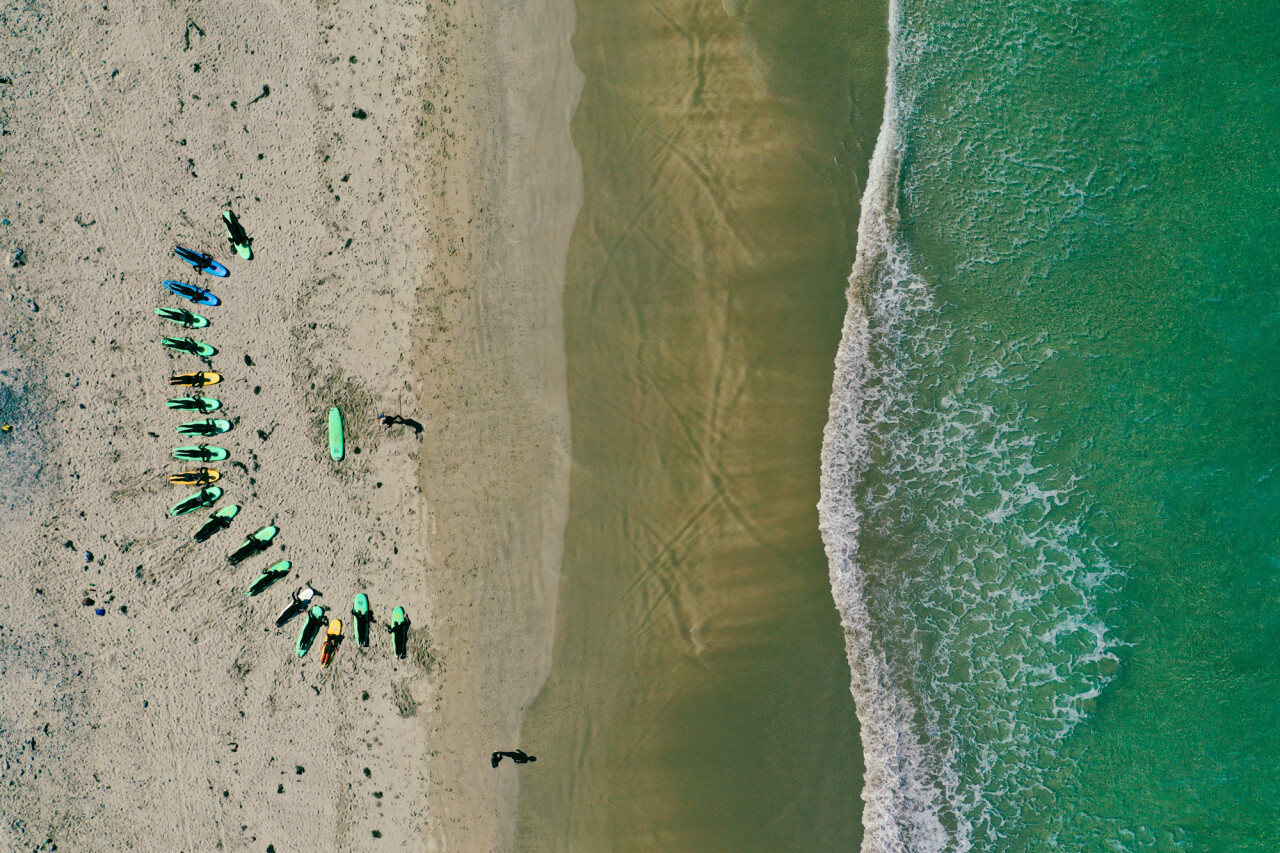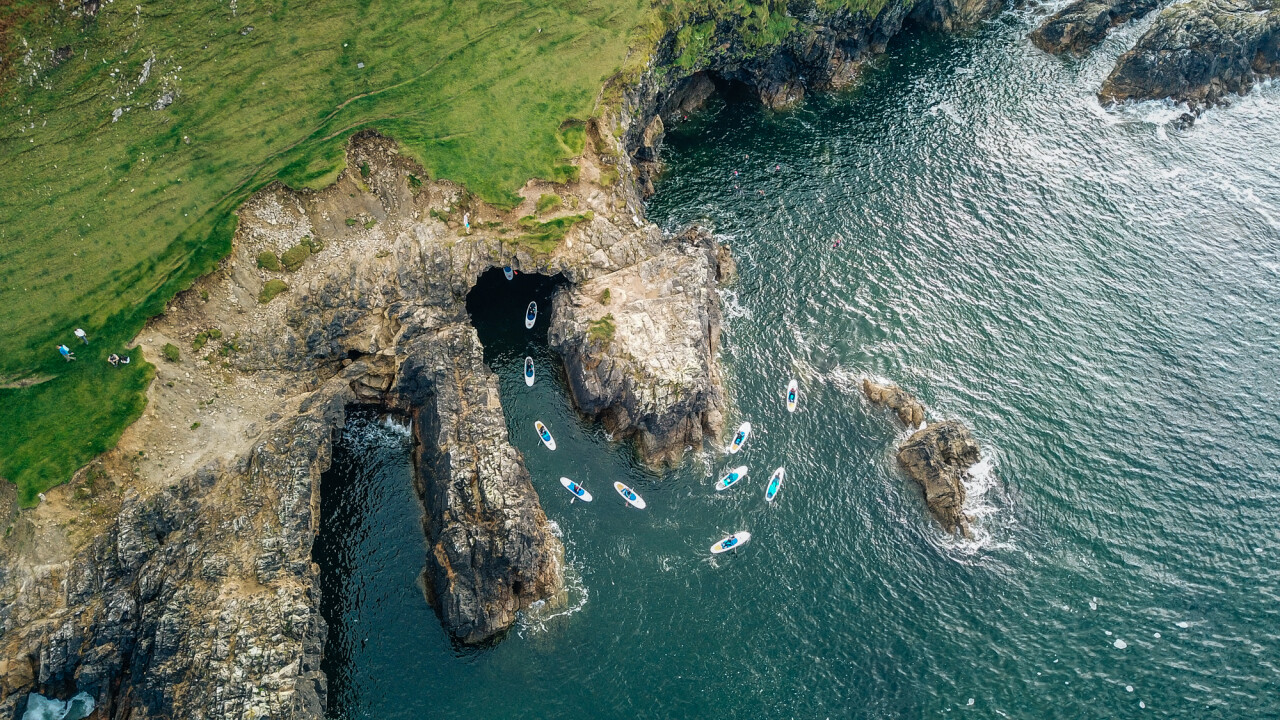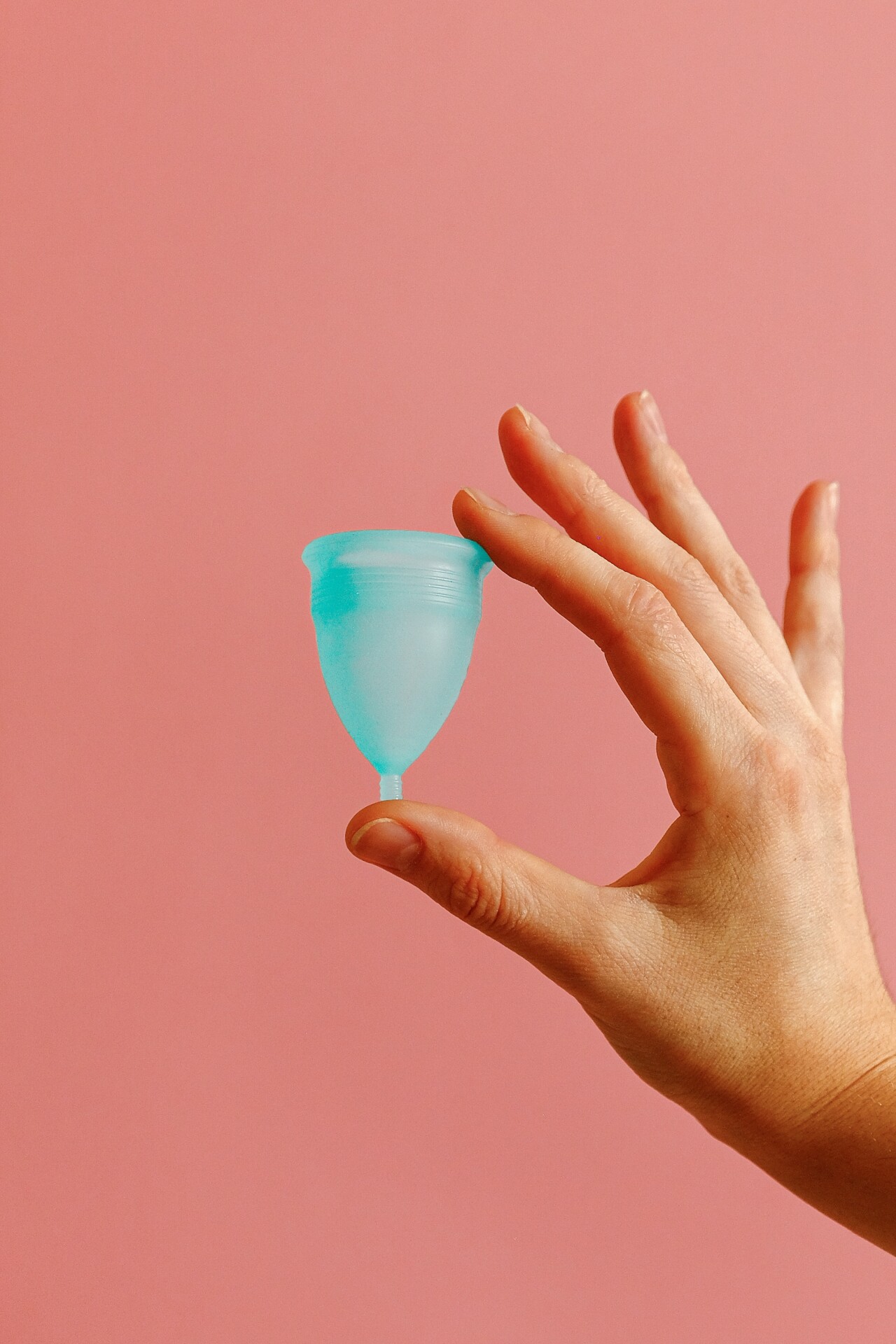Surfing in style with Big Style
Across the country, we have begun to become more connected to the water around our island. During lockdown, sea swimming became a popular activity, and with most of the country taking staycations due to travel restrictions, water sports on the west coast also grew in popularity.
BigStyle.ie are 10 years old this year. On both the east and west coast, they have gotten people out on the water and connecting with their surroundings through surfing, yoga, stand-up paddleboarding, and kitesurfing.
The founder of Big Style, Kris, started out with a van in Ringsend in 2013. He ran kitesurfing lessons as well as kitesurfing trips around Ireland and even as far as Sri Lanka and Kenya. Upon meeting his current business partner in 2016, things began to ramp up a gear.
By 2020, stand-up paddleboarding by Big Style had become a crucial part of the Dun Laoghaire pier. The Atlantic Lodge on the west coast also grew in popularity. From Dublin to Mayo, locals and tourists alike are now connecting themselves to the sea with Big Style.
Sustainability is at the core of what Big Style do. Their lodge and their pier base are all hand built by the team, using sustainable and recycled materials. “We’ve always built everything ourselves, it’s a big part of the business. It’s all about getting the hands dirty”.
But Kris is aware that they want to become even more sustainability friendly over time. “We did some deals with GROWN Clothing a sustainable and Irish fashion brand. And then COVID happened, and we were clinging on to survive”.
Moving forward in 2023, Big Style are continuing with their partnership with GROWN. Investing in native planting with the company. “That’s my big project for 2023. Get trees planted on old farmland, disused land, and non-arable land”. In Dun Laoghaire, the base is entirely off-grid as it is all run by solar power. The team are also looking into water harvesting methods around the pier.
“You don’t need a handful of eco-warriors; you need everybody trying their best”.
Residents visiting the lodge are encouraged to take a train or a bus over to Mayo instead of driving to reduce their carbon footprint. “We grow some of our own food for the lodge in the garden. We are also vegetarian in the lodge, which of course has its environmental impact”.
“The lodge looks directly over the sunset in Clare Island, and the sauna looks at the same view. We get people in involved in the areas around them”. Everything Big Style do is a vessel for connecting people with the outdoors.
“We’re getting people into what we call a ‘splash and dash’. You get in, you get amongst the water, you get a few waves to the face, and you get a feel for the strength and the power of the water”.
ENDS.


